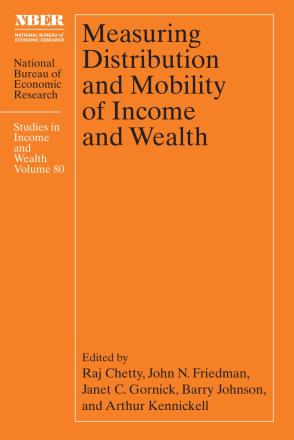United States Earnings Dynamics: Inequality, Mobility, and Volatility

Using data from the Census Bureau’s Longitudinal Employer-Household Dynamics (LEHD) infrastructure files, we study changes over time and across sub-national populations in the distribution of real labor earnings. We consider four large MSAs (Detroit, Los Angeles, New York, and San Francisco) for the period 1998 to 2017, with particular attention paid to the sub-periods before, during, and after the Great Recession. For the four large MSAs we analyze, there are clear national trends represented in each of the local areas, the most prominent of which is the increase in the share of earnings accruing to workers at the top of the earnings distribution in 2017 compared with 1998. However, the magnitude of these trends varies across MSAs, with New York and San Francisco showing relatively large increases with Los Angeles somewhere in the middle relative to Detroit whose total real earnings distribution is relatively stable over the period. Our results contribute to the emerging literature on differences between national and regional economic outcomes, exemplifying what will be possible with a new data exploration tool—the Earnings and Mobility Statistics (EAMS) web application—currently under development at the US Census Bureau.
-
-
Copy CitationKevin L. McKinney, John M. Abowd, and John Sabelhaus, Measuring Distribution and Mobility of Income and Wealth (University of Chicago Press, 2021), chap. 3, https://www.nber.org/books-and-chapters/measuring-distribution-and-mobility-income-and-wealth/united-states-earnings-dynamics-inequality-mobility-and-volatility.Download Citation


